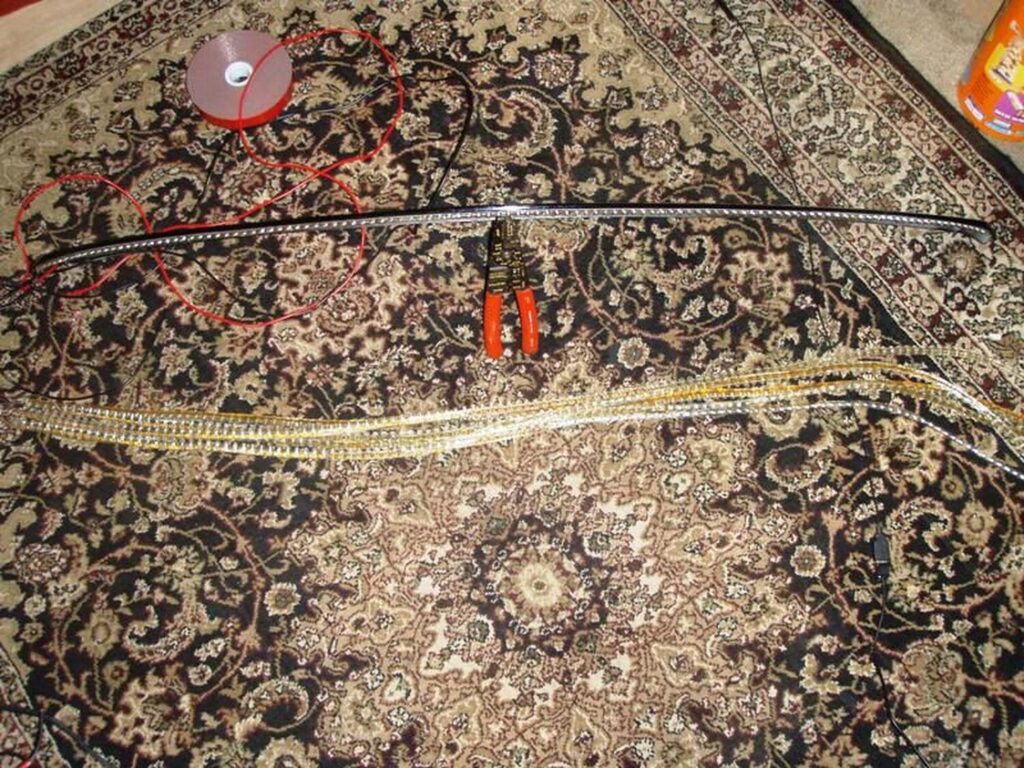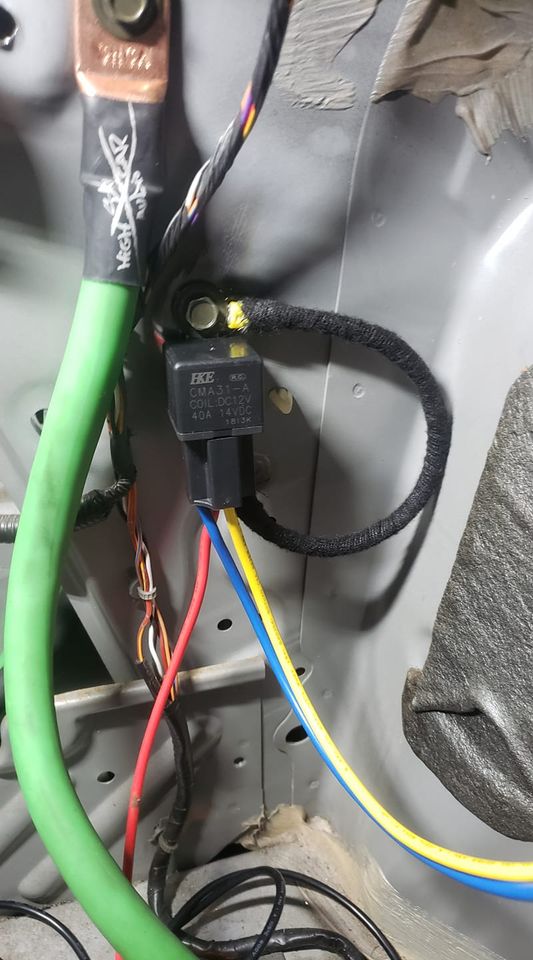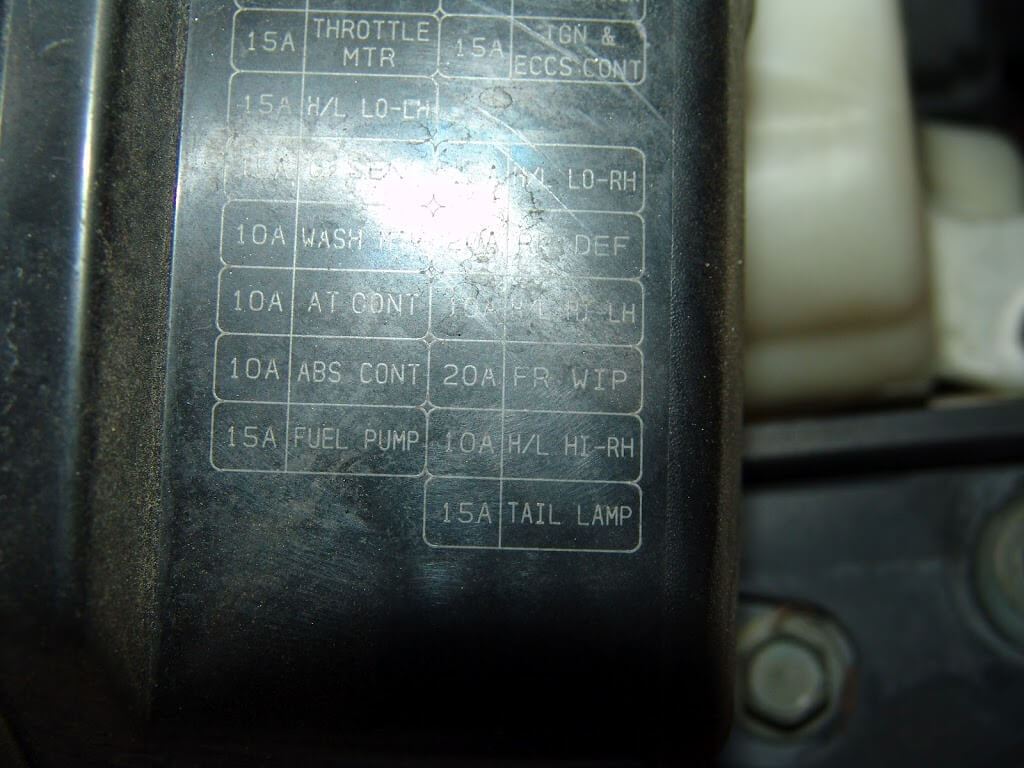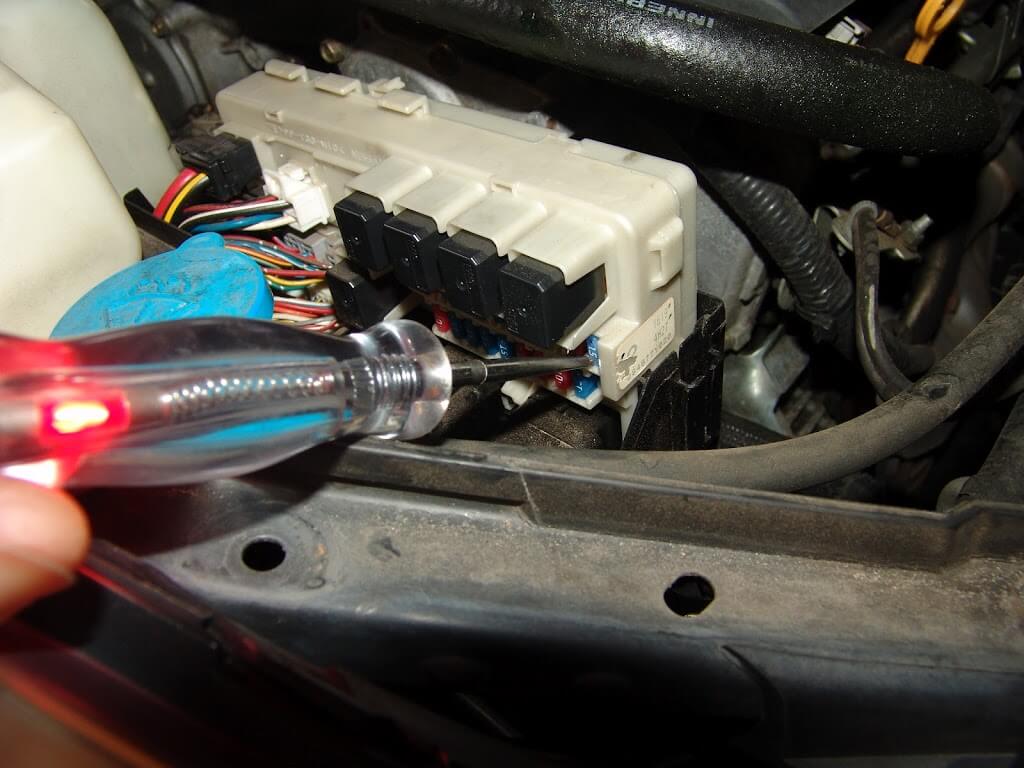Community Member Credit: BOOTZ
So this was done using a red waterproof 120cm strip from eBay. Make sure you measure to be sure.
Description: 2pcs Red 120cm LED Side-emitting Shine Strips Side Glow Flexible Neon Brake lamp
Order Link: https://www.ebay.com/itm/272474776774
Price: $12.25 (Shipped)

Instructions:
I started out by removing the driver’s side rear window molding. There is one 10mm bolt you have to remove and only visible when you open the trunk.
 Once that is removed start prying upwards on the molding starting from the bottom and working your way up. There are about four clips holding it on. Be careful not to put too much pressure on the window or the body of the car. Don’t want to break glass or dent anything.
Once that is removed start prying upwards on the molding starting from the bottom and working your way up. There are about four clips holding it on. Be careful not to put too much pressure on the window or the body of the car. Don’t want to break glass or dent anything.
Once off should look like so….

Then take you led strip and apply two sided tape to it. I used 3m. You want to clean the led strip really well then I heated up the led and the tape before applying it. Did the same on the window. Cleaned it really well and heated it up.
Before applying the led to the window I set the roof spoiler in position and placed a small piece of the led underneath to see where i could place it without getting in the way of mounting the spoiler. Turned out to be maybe 1/2″ from the top of the window.
Also before applying, make sure your wires are running down the driver’s side. That is where the rubber boot is where the wires will run in.

You are then able to run the wires down towards the rubber boot going into the vehicle. I just tucked them under the window. The molding will cover it up anyway.

From here you can tap into the existing wires to the factory 3rd brake light (6.5 gens). If you don’t have the factory spoiler with 3rd brake light wires should be the same colors found in harness running towards the front of the vehicle.
If you pull up on the boot you can find your wires there.
12v – Red/Green
Ground – Black

From here you should be able to mount your roof spoiler and reassemble everything.



Here you can see they are pretty hidden unless you really look for them.

Night shots…

I also ended up putting a black vinyl overlay on the factory 3rd brake light to make it look like part of the spoiler. You could paint it to match the vehicle’s color if you don’t ever plan on using again.
Additional Reference Photos from DEADBOLT

I 3M taped the strip to the edge of the roof spoiler for it to be more visible.

I cut down the strip to fit exactly the lines of the spoiler and wired an exted + and – wires to it so I can connect it to the interior plug of where the old 3rd brake light use to be.
Test Pics:


Lights off shot:

Video from CHULO
![]()




















































































